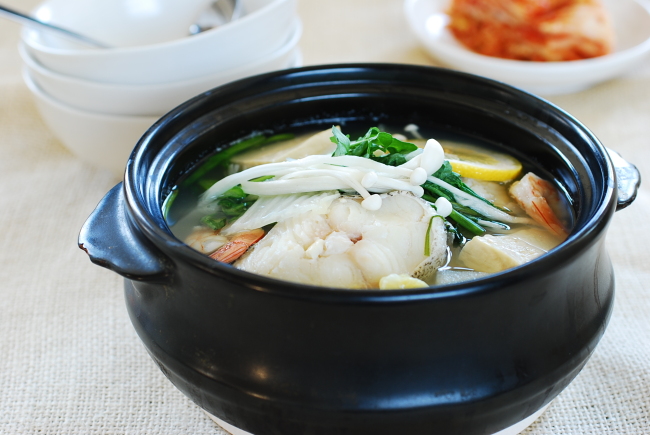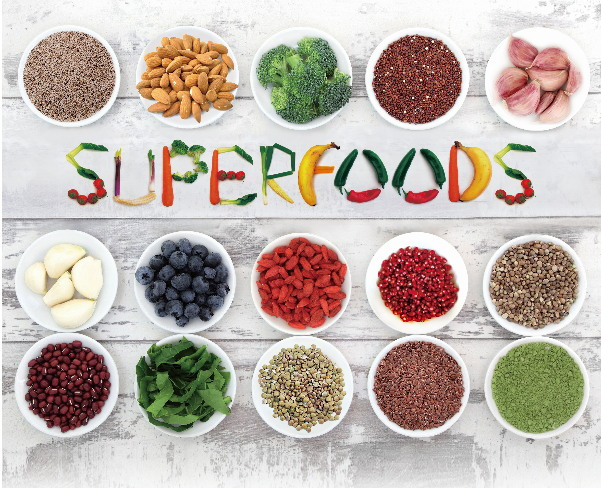 |
| Yukgaejang (spicy beef soup with vegetables) (Korean Bapsang) |
Beef brisket is the best cut for this soup. It’s a flavorful, tough cut of meat that is great for making broth, and it delivers pull-apart tender meat which is ideal for yukgaejang.
There are other similar beef soups in Korea, but gosari is unique in this soup. Besides adding soft, chewy texture to the dish, gosari imparts a deep, earthy flavor. Look for the ones with short, thin stems.
Ingredients:
● 30 grams dried gosari (fernbrakes) ― yields about 1 cup rehydrated
● 450 grams yangjimeori (beef brisket) (or satae ― shank meat)
● 1/2 onion (do not cut the stem)
● 200 grams mu (Korean radish), cut into big chunks ― optional
● 14 cups water
● 200 grams sukju (bean sprouts)
● 3 dry shiitake mushrooms, soaked (or fresh shiitake or oyster mushrooms)
● 2-3 bunches scallions
● 2 tablespoons sesame oil
● 2 tablespoons gochugaru (Korean red chili pepper flakes) ― more for spicier soup
● 1 tablespoon minced garlic
● 2 tablespoons guk ganjang (soup soy sauce)
● 1 teaspoon doenjang (Korean fermented soybean paste)
● 1 teaspoon gochujang (Korean chili pepper paste)
● salt and pepper
● 2 eggs, lightly beaten
Add the gosari and 4 cups of water to a small pot. Boil over medium heat, covered, until tender. The time can vary significantly depending on the gosari. Turn the heat off and let it cool in the cooking water. When ready to use, rinse in cold water and drain. Cut into 8- to 10-centimeter lengths, removing tough ends of the stems, if any.
In a large pot, bring the meat, onion, optional radish and garlic to a boil in 14 cups of water. Reduce the heat to medium, and skim off the scum. Boil, covered, until the meat is tender enough for shredding, 1 to 1 1/2 hours. Pull a string of meat off and check the tenderness. Remove the meat and cool. Discard the vegetables, reserving the stock in the pot. Spoon off any visible fat.
When the meat is cool enough to handle, shred into strips.
Blanch the bean sprouts in boiling water for a minute. Wash with cold water and drain. Cut the scallions into 8- to 10-centimeter lengths. Thinly slice the soaked mushrooms.
In a pan, heat the sesame oil until hot over low heat and stir in the chili pepper flakes. Turn the heat off as soon as the oil starts to turn red and the chili pepper flakes become a bit pasty. This only takes a few seconds. Do not burn the flakes.
Add the meat, gosari, mushrooms, 1 tablespoon soup soy sauce and garlic. Combine well.
Add the meat and gosari mixture along with 1 tablespoon of soup soy sauce. Stir the gochujang and doenjang into the broth and boil over medium heat, covered, for 20 minutes.
Throw in the bean sprouts and scallions, and boil for another 10 minutes. Add salt (1 teaspoon or more) and pepper to taste. Slowly drizzle the eggs over the boiling soup and turn the heat off. Serve with rice.
Note: You can also soak the gosari for several hours to soften and then boil over medium heat until tender.



